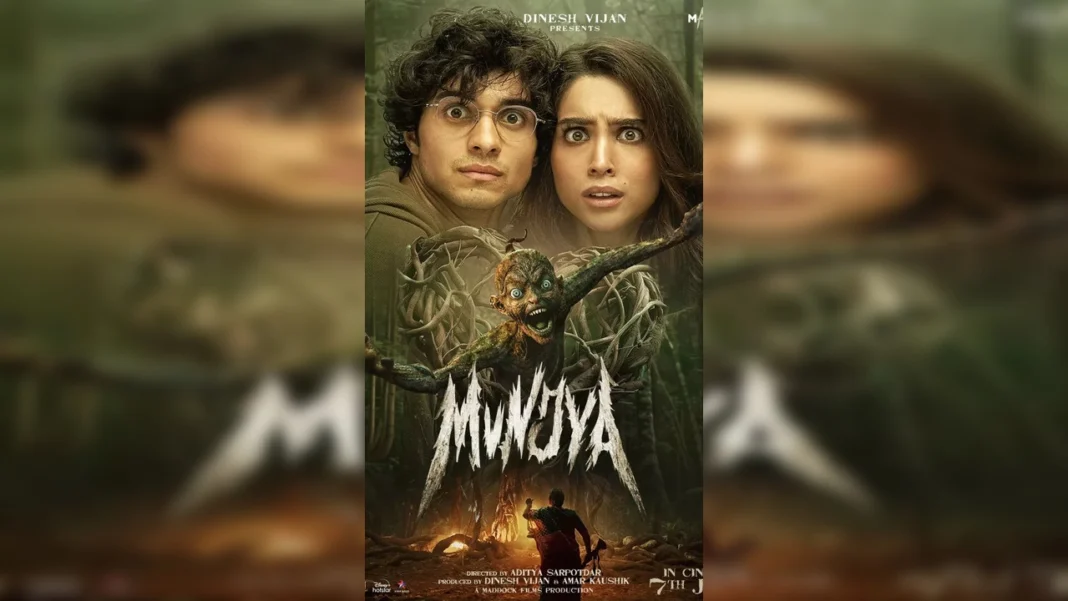Introduction to Munjya: A New Chapter in Indian Horror-Comedy
Released on June 7, 2024, Munjya marks the fourth installment in the popular Maddock Supernatural Universe, following the success of films like Stree, Roohi, and Bhediya. Directed by Aditya Sarpotdar and written by Yogesh Chandekar, the film offers a unique blend of horror and comedy, where supernatural elements intertwine with humor to create an engaging narrative. This time, the story revolves around Munjya, a mischievous supernatural entity intent on marrying a girl named Munni.
The film’s protagonist, played by Abhay Verma, is the only one who can see Munjya, a character who causes chaos wherever he goes. The plot takes viewers on a rollercoaster of fear and humor, combining eerie moments with comic relief, which has become the trademark of the Maddock Supernatural Universe. The cast includes notable actors such as Sharvari Wagh, Mona Singh, and Sathyaraj, all contributing to the film’s exciting energy.
Rooted in Indian folklore, Munjya presents a tragic yet terrifying backstory for the creature, much like the other supernatural beings in the Maddock universe. Despite its horror themes, the film balances the supernatural narrative with heartwarming moments, making it accessible to a broad audience.
A significant portion of the film’s budget was spent on VFX, raising the bar for visual effects in Indian cinema. Munjya is expected to captivate audiences
with its innovative CGI work and a gripping storyline that combines emotional depth with thrilling suspense.
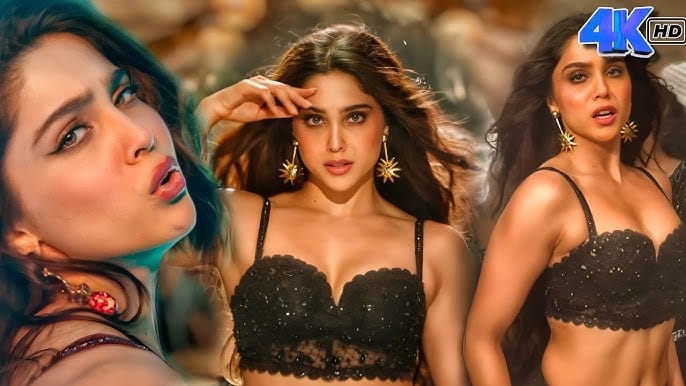
Review of Munjya: A New Chapter in Indian Horror-Comedy
Munjya, released on June 7, 2024, marks the fourth installment in the hugely popular Maddock Supernatural Universe, after Stree, Roohi, and Bhediya. Directed by Aditya Sarpotdar and written by Yogesh Chandekar, Munjya offers a delightful fusion of horror, humor, and emotion. Much like its predecessors, the film is a unique exploration of Indian folklore, crafting a narrative that delivers equal parts comedy and thrills.
The Plot of Munjya: Where Folklore Meets Fear
Set in a small town in Maharashtra, Munjya follows the story of a quirky supernatural entity named Munjya, who becomes obsessed with marrying a local girl named Munni. The plot kicks off when Munjya begins haunting Munni’s home, trying to woo her in comically horrifying ways. Our protagonist, Chintan, played by Abhay Verma, is the only one who can see Munjya, which leads to a series of chaotic and hilarious events.
The movie blends slapstick humor with bone-chilling moments, creating a balance that keeps viewers both entertained and on edge. Munni, played by Sharvari Wagh, is strong-willed and not easily swayed by Munjya’s supernatural antics. The film’s core revolves around whether Chintan can protect Munni while also uncovering the mystery behind Munjya’s desperate need to get married.

Short Story: The Tragic Past of Munjya
The tale delves deep into the roots of Indian folklore, blending fear and pathos to create a character that’s more than just a supernatural entity. As the legend goes, the spirit is the restless soul of a man who died unmarried, a fate that, in many cultures, is considered to be a terrible misfortune. In rural Maharashtra, this haunting figure is believed to be born from the unresolved desires of a person who met an untimely death, particularly one whose life was incomplete due to the absence of love and companionship. This concept of an unfulfilled soul wandering the earth, desperately seeking to finish what they couldn’t in their lifetime, forms the tragic backbone of the story.
Initially, the spirit is introduced as a mischievous yet terrifying figure. His playful attempts to woo the protagonist, Munni, come off as comically absurd at first. However, as the plot thickens, we begin to see the layers of his tragic past slowly unravel. The town where the haunting occurs once housed a young man by the same name, known for his charm and wit, who was the pride of his family. Despite his many suitors, he fell deeply in love with a beautiful girl named Aditi. Their romance blossomed in the vibrant fields of Maharashtra, where they would often meet under the shade of an ancient banyan tree.
However, fate had other plans. Just days before their wedding, a sudden illness swept through the village, claiming many lives, including Aditi’s. Heartbroken and unable to bear the pain of his lost love, the young man succumbed to despair. In a moment of grief, he wandered into the forest, hoping to find solace in solitude. Little did he know that this decision would seal his fate forever. That very night, he fell into a deep slumber beneath the stars, never to awaken. His spirit lingered in the forest, trapped between the realms of the living and the dead, cursed to wander for eternity in search of love and companionship that he could never attain.
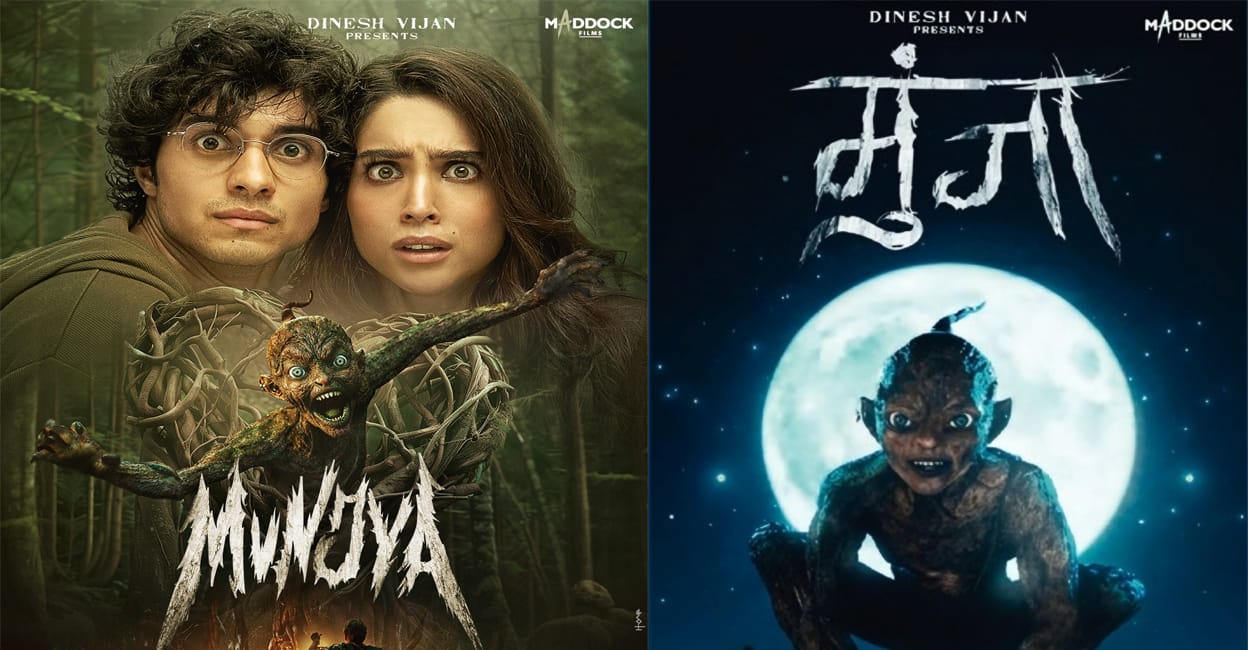
The people of the village, unaware of his tragic story, began to speak of the haunted forest, where the spirit would appear to those who ventured too close. They recounted tales of a ghostly figure, cloaked in shadows, who would emerge during the night, seeking a bride. The folklore grew, and the legend transformed from that of a young man who died of heartbreak to a terrifying spirit who would abduct women, drawing them into the woods. His true story was lost to time, overshadowed by the fear he inspired.
As the film unfolds, Chintan, the only one who can see the spirit, embarks on a journey to uncover the truth behind the haunting. Through interactions with villagers and the discovery of ancient manuscripts, he learns about the tragic past, realizing that the entity he initially feared is merely a lost soul yearning for connection. This revelation is pivotal; it not only serves as a turning point for Chintan but also provides a moment of introspection for the audience, prompting them to reflect on love, loss, and the importance of closure.
The filmmakers beautifully juxtapose the spirit’s comedic pursuits with his heart-wrenching backstory, reminding viewers that even the most fearsome spirits may have once been human, filled with love and longing. The emotional depth added to the character transforms the narrative from a simple horror-comedy into a complex tale about understanding and compassion. The story serves as a reminder that unresolved issues can linger long after we have moved on, manifesting in ways we may not fully comprehend.
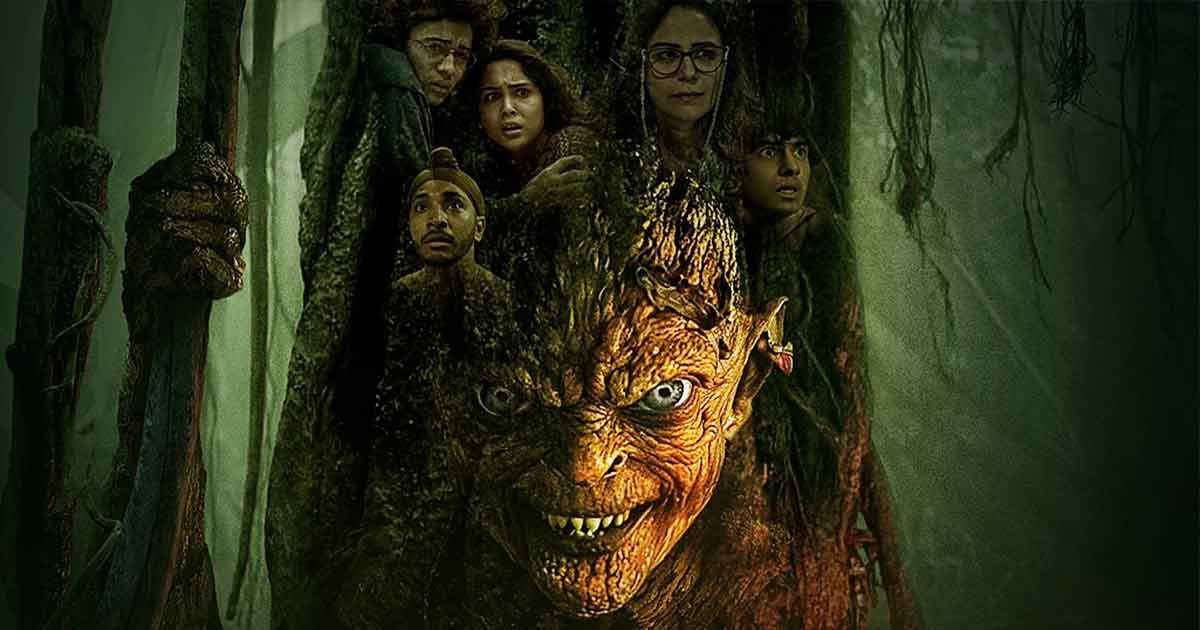
As Chintan helps the spirit confront his past, audiences are treated to a cathartic resolution. The final act reveals a touching moment where the spirit, finally at peace, bids farewell to Chintan and Munni, a poignant farewell that tugs at the heartstrings. This closure allows both the spirit and the audience to find solace, illustrating that understanding and empathy can bridge the gap between the living and the dead.
In essence, the tragic past transforms a conventional horror story into a layered exploration of love, loss, and redemption. It illustrates how fear can stem from misunderstanding and how compassion can heal even the most tormented of souls. The film’s portrayal of the haunted figure serves not only as a cautionary tale about the dangers of unfulfilled desires but also as an invitation to explore the deeper emotional currents that lie beneath the surface of every ghost story. The story invites us to remember that behind every legend lies a truth waiting to be uncovered, urging us to approach even the most fearsome tales with compassion and understanding.
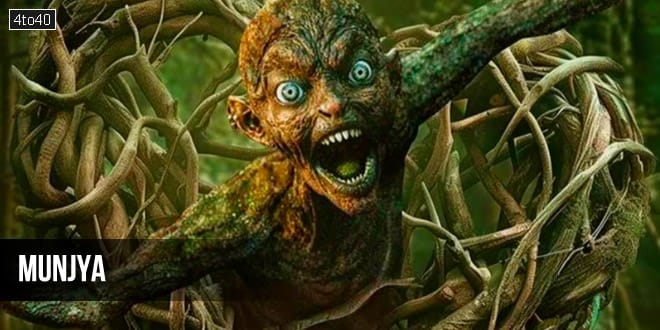
Visual Effects: Raising the Bar for Indian Horror
One of the standout aspects of Munjya is its impressive use of visual effects (VFX). Half of the film’s budget was allocated to VFX, showcasing a heightened level of technical skill in Indian cinema. Munjya’s appearance and the way he interacts with the physical world are rendered with seamless precision. These effects not only enhance the horror elements of the movie but also contribute to its comedic timing, making Munjya’s character feel both menacing and comically absurd.
With the supernatural genre often reliant on CGI, Munjya sets a new standard for how Indian folklore can be visually represented on screen. Fans of the Maddock Supernatural Universe will be pleased to see the continuity in how supernatural beings are brought to life, much like the ghost in Stree or the werewolf in Bhediya. It’s clear that significant research went into perfecting Munjya’s design and character, blending traditional folklore with modern filmmaking techniques.
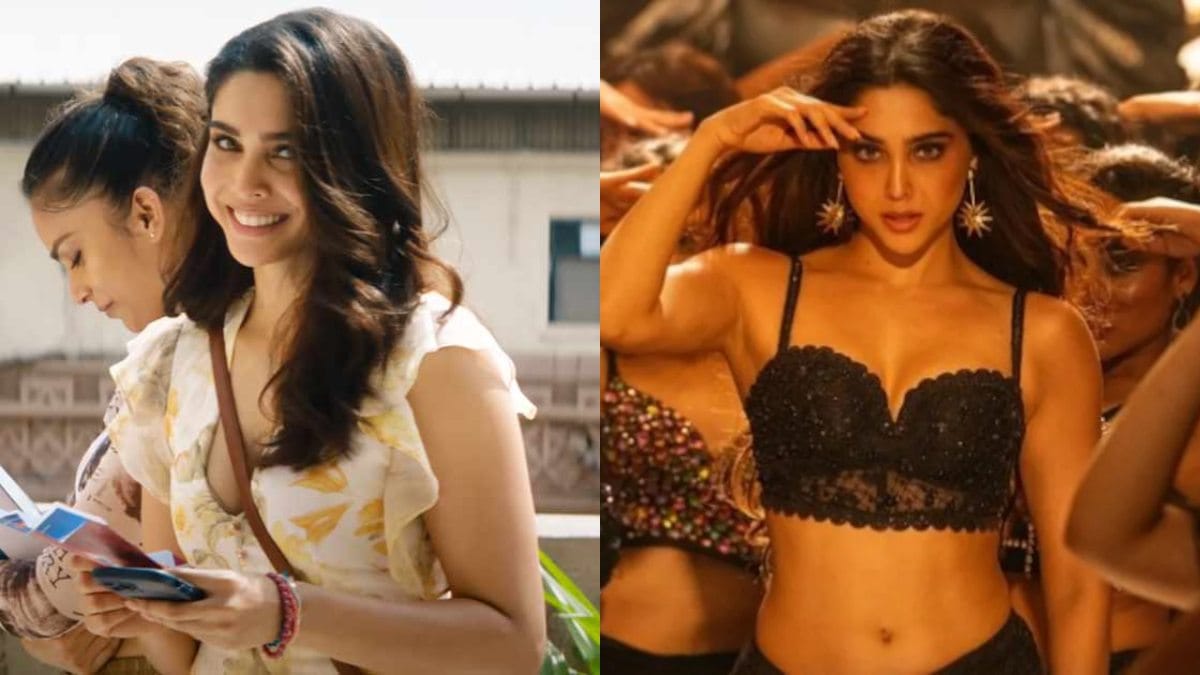
Why Munjya Stands Out in the Maddock Universe
While Stree and Bhediya primarily focused on the supernatural elements of their respective plots, Munjya dives deeper into the emotional background of its titular character. The film masterfully combines horror, comedy, and emotion, creating a story that resonates on multiple levels. Munjya’s tragic backstory provides a sense of depth that isn’t always present in horror-comedies, making this entry stand out.
Moreover, the film takes a bold step by focusing heavily on folklore from Maharashtra, adding a regional touch that brings authenticity to the narrative. This not only helps distinguish the film within the franchise but also helps connect with a wider audience that may have grown up hearing stories of Munjya and similar spirits.
Music and Sound Design
The music in Munjya, composed by the talented Amit Trivedi, is both haunting and playful, perfectly capturing the tone of the movie. The eerie background score adds to the horror elements, while the upbeat and quirky tracks lighten the mood when necessary. The sound design complements the VFX, ensuring that Munjya’s presence is felt even in scenes where he is invisible to the characters but not to the audience.
Each jump scare is carefully crafted with sound cues, keeping viewers on edge. At the same time, moments of comic relief are heightened by sudden shifts in the soundtrack, blending the genres effortlessly.
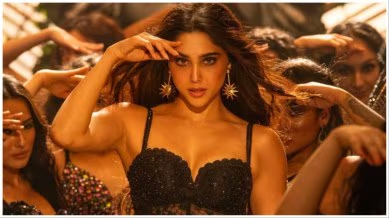
Munjya: A Must-Watch for Fans of Horror-Comedy
Munjya delivers on all fronts, providing a hilarious yet terrifying look at the supernatural. Its blend of folklore, emotion, and top-notch VFX makes it a standout entry in the Maddock Supernatural Universe. Fans of films like Stree and Bhediya will undoubtedly enjoy Munjya, as it follows the same formula but brings its own unique flavor to the table.
With strong performances, a compelling story, and a supernatural entity that both scares and entertains, Munjya is a must-watch for anyone who enjoys a good horror-comedy. Don’t miss out on the laughs and thrills – head over to Hotstar to catch this exciting new film.
Conclusion: Embracing the Legacy of Munjya
In the realm of Indian cinema, Munjya stands out as a remarkable fusion of horror and comedy, intertwined with rich cultural narratives that resonate deeply with audiences. The film not only entertains but also serves as a poignant reminder of the human experience—how love can transcend even the boundaries of life and death. The character of Munjya, with his tragic backstory, invites viewers to reflect on the complexities of relationships and the emotional scars that linger long after a loved one is lost. Through the lens of humor, the film effectively dismantles the stereotypes surrounding ghosts, transforming them from mere figures of fear into symbols of unresolved emotions.
The journey of Munjya, from a misunderstood spirit to a figure deserving of empathy, encapsulates the essence of storytelling in its most profound form. It highlights that every legend carries within it a story waiting to be uncovered, one that often reveals the shared humanity we all possess. As Chintan aids Munjya in confronting his haunting past, the audience witnesses a powerful transformation that emphasizes the importance of understanding and compassion in our lives. The resolution of Munjya’s character arc not only brings closure to his story but also resonates with anyone who has grappled with loss, reminding us that healing is a process that requires acknowledgment of pain and the willingness to let go.
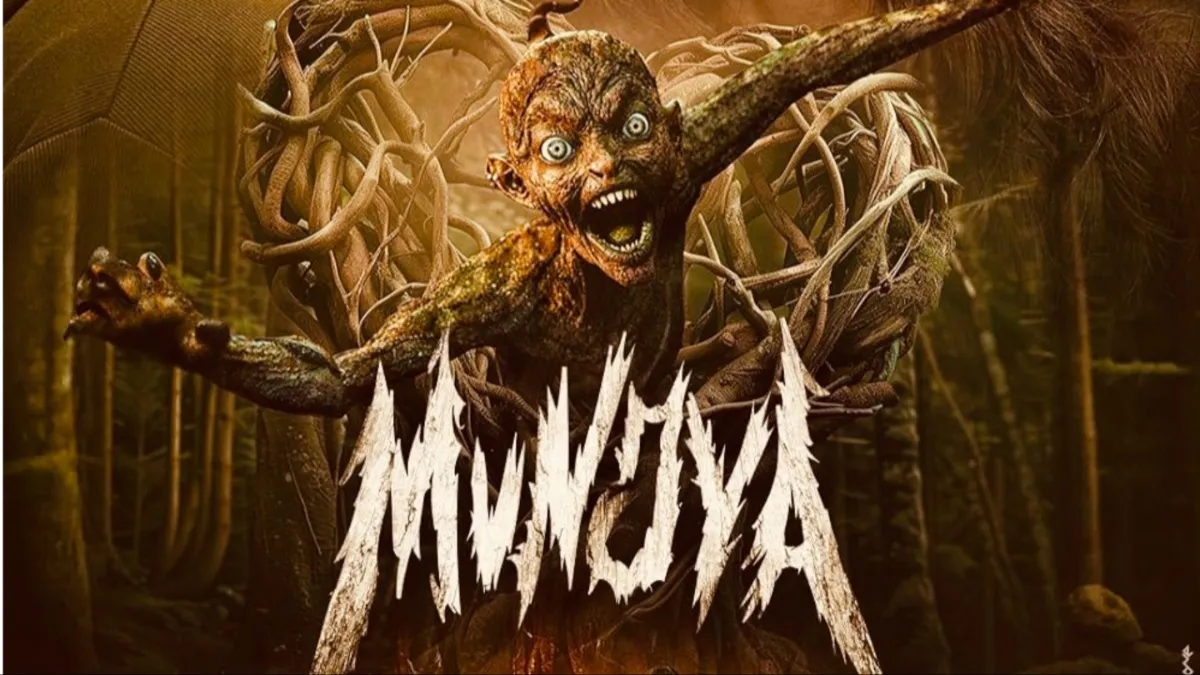
Moreover, Munjya challenges the traditional notions of ghost stories. It compels us to reconsider what it means to be haunted. Is it the fear of the supernatural, or is it the unresolved issues that dwell within our hearts? The film elegantly shifts the narrative from one of fear to one of hope, illustrating how even the most tormented souls can find peace when their stories are told and understood. This fresh perspective ensures that Munjya will not be easily forgotten, as it paves the way for future films that seek to explore similar themes of emotional depth within the horror genre.
As viewers reflect on the journey of Munjya, they are left with lingering thoughts on their relationships and the importance of closure. The film encourages us to embrace our fears and understand that they often stem from unresolved emotions. In an age where stories are often simplified and sensationalized, Munjya stands as a testament to the power of storytelling—an invitation to engage with the deeper narratives of our existence. Ultimately, Munjya is not just a film; it is a celebration of life, love, and the legacies we leave behind, encouraging all of us to listen to the stories of those who came before us and, perhaps, to share our own.
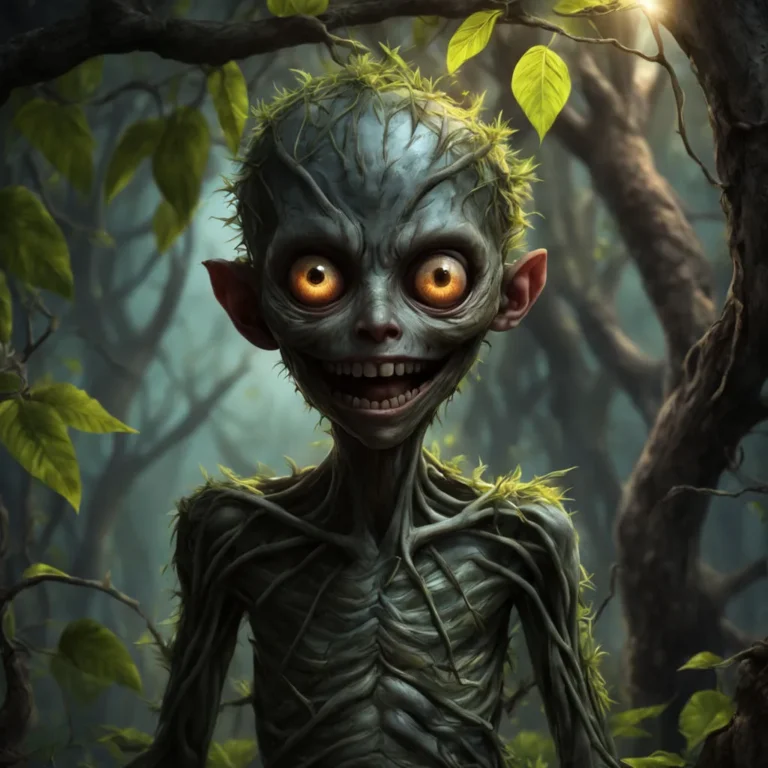
Frequently Asked Questions About Munjya
1. What is the main theme of Munjya?
Munjya explores the themes of love, loss, and redemption through the lens of horror-comedy. The film presents the story of a tormented spirit who seeks closure for his unfinished business in life. It highlights how unresolved emotions can linger and transform into haunting experiences. By combining humor with poignant moments, Munjya emphasizes the importance of understanding and compassion in dealing with our fears and the legacies of those who have passed on.
2. Who directed Munjya?
Munjya is directed by a talented filmmaker known for blending genres effectively. His unique storytelling style brings a fresh perspective to the horror-comedy genre, creating a narrative that resonates with audiences. The director skillfully balances elements of fear and humor, ensuring that the film remains engaging while conveying deeper messages about love and loss. His previous works have garnered attention for their emotional depth, making him a noteworthy figure in contemporary Indian cinema.
3. What can viewers expect from the character of Munjya?
The character of Munjya is a multi-dimensional spirit who evolves throughout the film. Initially portrayed as a mischievous ghost, he transforms into a figure of empathy as his tragic backstory is revealed. Viewers will see his humorous attempts to interact with the living, which often lead to comedic situations. However, as the narrative unfolds, audiences will also witness the emotional depth of Munjya, making him a relatable character haunted by unresolved feelings.
4. Is Munjya suitable for family viewing?
Munjya is designed to appeal to a wide audience, including families. While it incorporates elements of horror, the film balances these with comedic moments that lighten the mood. The storytelling is engaging and relatable, allowing viewers of all ages to enjoy the film. However, parents should consider their children’s sensitivity to spooky themes before viewing, as some scenes may be intense. Overall, the film’s positive messages about love and redemption make it a worthwhile family watch.
5. What is the significance of the setting in Munjya?
The setting of Munjya plays a crucial role in establishing the film’s eerie yet humorous atmosphere. The lush forests and quaint villages of Maharashtra serve as a backdrop that enhances the supernatural elements of the story. The contrast between the beautiful landscapes and the haunting tales of the spirit creates a unique visual experience. This setting not only grounds the story in a culturally rich environment but also invites audiences to immerse themselves in the local folklore surrounding the character of Munjya.
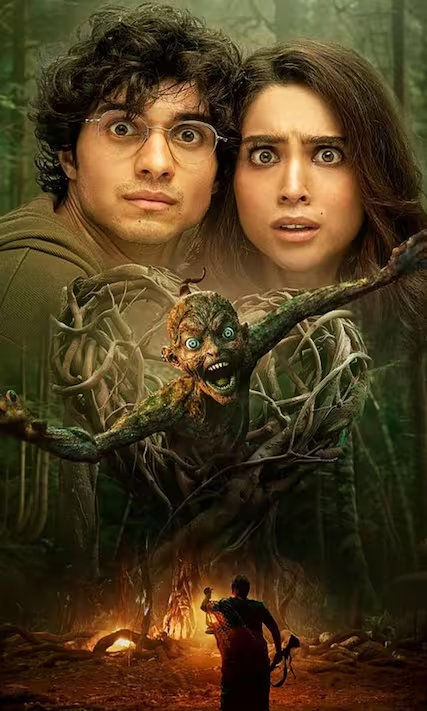
6. How does Munjya blend horror and comedy?
Munjya skillfully blends horror and comedy through clever writing and well-timed comedic relief. The film uses humor to diffuse tension during scary moments, allowing audiences to experience both thrill and laughter. The character of Munjya often engages in playful antics that contrast sharply with his tragic backstory, creating a rich tapestry of emotions. This balance makes the film accessible to a broader audience, as it invites viewers to explore deeper themes while enjoying entertaining moments.
7. What impact does Munjya have on Indian cinema?
Munjya has made a significant impact on Indian cinema by redefining the horror-comedy genre. It successfully combines cultural storytelling with modern cinematic techniques, appealing to both traditional and contemporary audiences. By focusing on emotional depth and character development, Munjya elevates the genre beyond mere scares and laughs. Its success may inspire future filmmakers to explore similar themes, pushing the boundaries of storytelling in Indian cinema and inviting viewers to appreciate the richness of local folklore.
8. Are there any notable performances in Munjya?
The performances in Munjya have received praise for their authenticity and emotional depth. The lead actor portrays the character of Munjya with a perfect blend of humor and pathos, making the spirit relatable and engaging. Supporting actors also contribute significantly to the film, each bringing their unique flair to the story. The ensemble cast’s chemistry enhances the film’s narrative, creating memorable moments that resonate with viewers long after the credits roll.
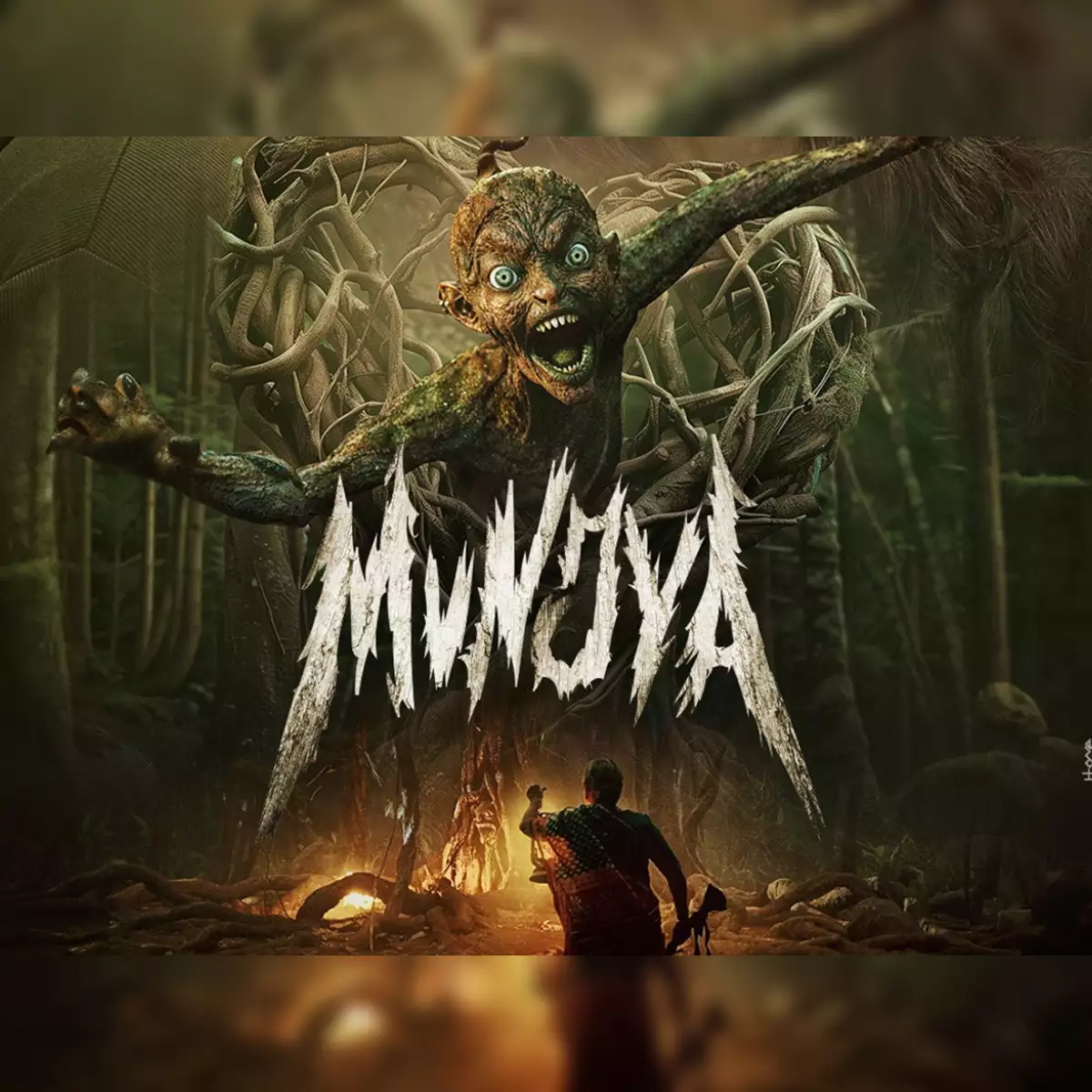
9. What makes Munjya different from other horror films?
Munjya stands out from other horror films due to its unique blend of comedy and emotional storytelling. Instead of relying solely on jump scares and gore, the film focuses on character development and the backstory of its titular character. By exploring themes of love, loss, and redemption, Munjya invites audiences to engage with the emotional struggles of its characters, making it more than just a typical horror experience. This thoughtful approach sets it apart in the genre.
10. Where can viewers watch Munjya?
Munjya is available for streaming on various platforms, including Hotstar. Viewers can easily access the film and experience its unique blend of horror and comedy from the comfort of their homes. The film’s engaging narrative and emotional depth make it a must-watch for those interested in exploring new dimensions within the horror-comedy genre. Ensure you check out Munjya to witness its captivating story and impressive performances firsthand.
Tags: Munjya, Indian horror-comedy, movie review, film analysis, Bollywood films, horror movies, comedy films, ghost stories, Maharashtra folklore, character development, family-friendly films, movie streaming, Hotstar, film industry, cinematic storytelling, emotional depth, audience engagement, cultural storytelling

